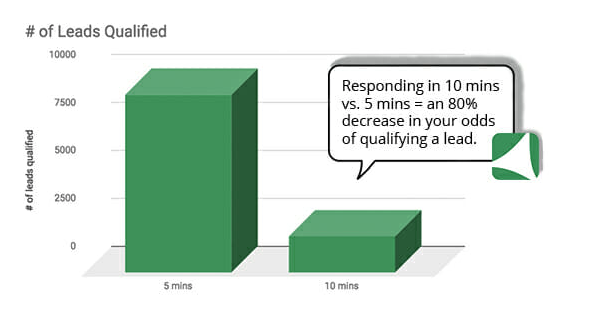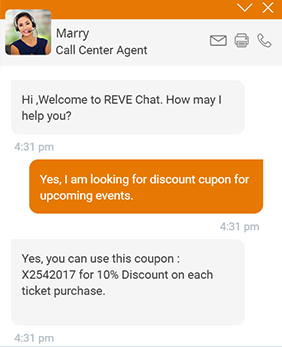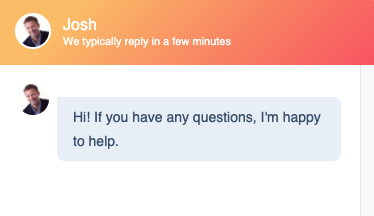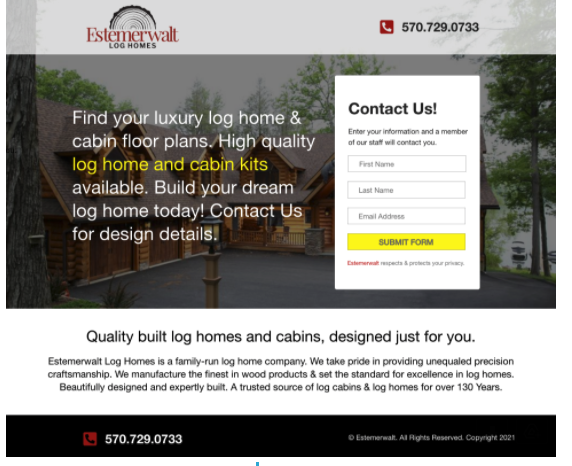One of the challenges for digital marketers is preparing clients to capture leads successfully. I’ve covered all the elements to launch a digital marketing campaign in the previous four parts. (which you can view here) But, your system to capture and respond to inquiries is the key to creating a robust pipeline.
Response Time
The importance of response time to a lead has been the topic of numerous studies. Of course, the results vary based on product, industry, etc. But the theme is the same: the quicker you respond, the more likely you are to generate a qualified lead. When I say response time, I mean making a phone call. Emailing should be your second option for initial contact and should be used if the potential customer did not include the phone number or answer the initial call. Whatever the case, the faster you make contact, the better the chances of creating a lead. In my 20+ years of handling leads, I’ve yet to have a potential customer complain when they’ve provided a phone number on a lead form, and I’ve called them immediately.

Make no mistake. I love email. Email is a fantastic way to set up communication regularly and unobtrusively. But, picking up the phone provides a more personal experience and allows you to answer complex questions.
Also, be sure you set up the routing of requests through your CRM. So, if someone does submit a request, the correct people are notified immediately, and there is no confusion about the person responsible for responding.
One of the issues I hear from our home builders is, “We are a big-ticket item. A potential homebuyer will not base their decision on the first person that responds.” There is some truth to this statement. But, around half of potential leads will buy from the first person to respond. It is not because someone is putting on the hard sell. It is because they are the first person to help guide them through the process. Also, look at it from the point of view of your potential customer. When a lead submits a contact form, they are thinking about your product and are most likely free to discuss it. The average consumer is almost 57% of the way through the buying process before they reach out to sales. If you wait 24 hours to respond, the lead has already drifted back into their hectic world of work, kids, soccer games, bills, etc.
Chatbots
55% of buyers would prefer to communicate with a company through messenger. Chatbots are a great way to grab leads while a potential customer is surfing your website, and their interest is probably at its highest level. Chatbots are rules-based. That means the bots help answer simple questions and offer resources to answer more complex questions. The Chatbots are programmed to give you automated responses based on a potential client’s responses. Here is an example of a Chatbot conversation.
ChatBot: Hi! Are you interested in Power Marketing Services?
Response: Yes
ChatBot: Are you a Homebuilder?
Response: Yes.
ChatBot: Which one of these marketing services are you interested in?
- Website Development
- Google Ads
- Search Engine Optimization
- CRM Management
- Email Marketing
Response: Website development
Chatbot: Perfect! Power Marketing has developed over 500 home builder websites, which is our specialty. Since it is past regular business hours, Scott or Josh will contact you the next business day.
Please give us your name, email address, or phone number, and we will reply ASAP.
Response: Steve Zachary, [email protected].
Chatbot: Thank you. We look forward to discussing your project. For examples of our work, please visit our gallery (link added to gallery).
You must be clear to the potential customer they are interacting with a Chatbot. Not only is this a good idea for relating to the user, but it’s also illegal in some states for a Chatbot to appear human. Only use Chatbots for simple tasks. I’ve seen many Chatbot conversation records ending in the potential customer writing, “This chat is worthless,” or I will buy from XYZ company since they can answer my questions.
Set the expectation for response time if you utilize a chatbot outside regular business hours. Customers expect an immediate response, so if it is after hours, make clear you will respond in a specific timeframe. If possible, use the name of the person(s) responding, providing your potential customer with a more personal experience. If you are using Chatbot during business hours, be sure there is an option to reach a human.
Finally, offer value before asking for the potential customer’s information. You want to come across as a resource, not an email/phone number collection service for spamming them with unwanted information.
Live Chat
Live Chat is an excellent way to collect leads without appearing too much like a salesperson. Live Chat allows you to be a resource to a potential customer at the beginning of the sales journey. 99% of first-time visitors to your website are not ready to buy, and 82% of potential customers want an immediate response to sales questions. The new buyer does their research. Live Chat lets you help while a potential customer researches your product or offers a conversational way to answer questions immediately.
Design your Live Chat pop-up with a message that is helpful and conversational. Include a name and photo to humanize the experience.

Ideally, you will be answering immediately. But, be sure to set the expectation if something goes afoul and delays response time.

“Hi, I am Scott with Power Marketing. I am happy to help if you have any questions. Usually, we answer within five minutes.”
If you use a Live Chat feature, ensure someone is available to answer questions. Live Chat is an excellent feature if you use it correctly. However, if you leave people hanging when they expect an immediate response, they will leave your website. Most likely, they will go to your competitor’s website.
Also, set up snippets for commonly asked questions. A snippet is a saved response for a question that you can cut and paste into a reply. For example, one of our website’s most commonly asked questions is, “What specific digital marketing services do you offer?” So we’ve created a saved response or snippet that reads, we handle all aspects of digital marketing. The most common elements are website design, search engine optimization (SEO), Google Ads or Pay-Per-Click (PPC), email marketing, CRM management, and content development. Is this what you are looking for?”
Snippets save you time and keep you from making grammatical errors that can damage your credibility.
Call-To-Action (CTA) / Blog Post
Content is the primary driver of SEO traffic to your website. That content should be helpful, engaging, and ACTIONABLE. Unfortunately, many web designers and content writers neglect the term actionable. Your blog/resource page should be one of your high-traffic pages. Call-to-action buttons, or CTA’s, use words such as Learn More, Download our SEO Guide, Subscribe to Our Newsletter, and Contact Us to add value to your website visitor. The example below is from Office Vibe and is part of their blogs:

If a potential customer is reading your blog, they are interested in your product. The best time to capture their information is while they are thinking about your product. Your odds of turning them into a lead are exponentially higher if you capture their information while researching on your website.
Always include a CTA at the bottom of your article. If someone takes the time to read the entire post, they are very interested. Give them the chance to learn more when they finish. Most people will skim a blog post for relevant information. So, typically, we recommend a CTA just above the digital fold. “Above the fold” in blog terms means it is visible when the article downloads. The user will have a quick option to get more information while skimming the article.
The verbiage and design of your CTA will vary based on your offering. But, the information requested on the CTA is more standard. Remember, keep the request as simple as possible. Ask for name (first and last), email address, and phone number.

The theory on required fields is also a judgment call. We like to make first names and emails required. Last name and phone number are optional. With internet privacy concerns reaching urgent levels, many potential customers fear giving too much information to an entity. Also, if someone does give you their phone number, even though it isn’t required, the individual is probably a more serious lead.
Lead generation is the main reason you built a website. Since the advent of digital marketing, the buying process has changed dramatically. The consumer is more educated and waits longer before reaching out to sales. If your company can be a resource early in the sales process, you will increase the odds the lead will become a customer.
Let Power Marketing’s digital experts evaluate your website to optimize your lead capture. Call us at 615.257.0057 to discuss how to make your marketing strategy successful. You can also use our Contact form at your convenience.
